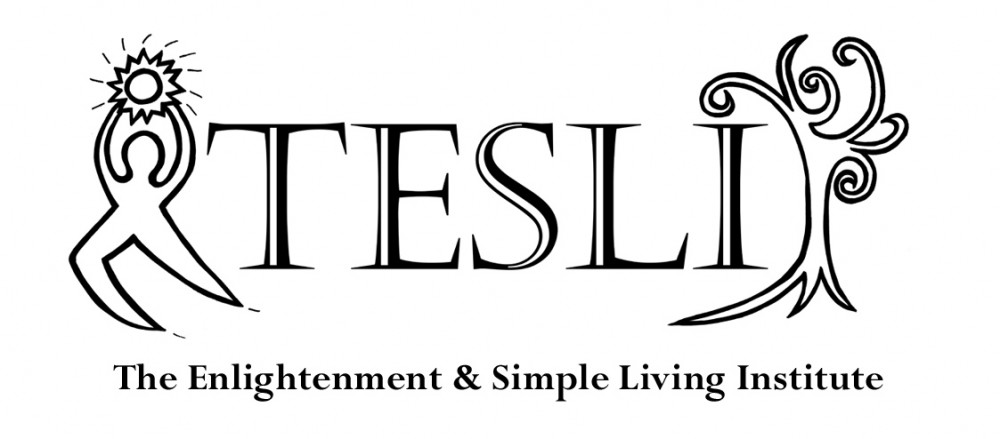If I offered you $100 or $200 which would you take?
$200 of course. But studies indicate that some people actually prefer the $100. A friend of mine does research in behavioral marketing. One of her recent studies explored the interaction between size of reward and time from reward and how that influenced people’s choices.
Yes, people will take the $200 if it is a simple choice between $200 and $100, but if they are offered a choice between $100 now or $200 at a later date, their decision is influenced by how long they have to wait to receive the $200. They might go for the $200 if it is next week, but if it is next year they most often opt for the $100 now.
This phenomena also explains why people engage in addictive behaviors and do not eat or exercise in ways that support their long term health. I’ve discussed this before in an earlier post: How drug addiction is like heart disease. We tend to value short term rewards over larger and more valuable long term rewards. This is seen on all levels of human activity from environmental policy where short term profits are valued over the long term cost of pollution to healthy activities where the comfort of an alternative activity (e.g. watching TV, sleeping in) is valued over the beneficial activity (going for a walk, meditating).
This willingness to sell ourselves short is really due to two things: 1) doubt that the distant reward will manifest as planned and 2) lack of motivation. These are two of the classic obstacles to spiritual development or adopting and maintaining any healthy behavior. Doubt is the one to tackle first, since lack of motivation can actually be a manifestation of doubt.
If we doubt that an activity will benefit us, we will naturally have low motivation to engage in that activity. If part of us knows that the activity is our best choice, but other parts are lagging behind, then our first goal will be to dispel any last vestiges of doubt. The best way to do so is to thoroughly investigate the activity. We can do this investigation by using the internet, talking with authorities, or by finding out from others if the activity has benefited them.
If we cannot decide if the new activity will really give us the results we want, sometimes it is helpful to compare and contrast our current activities to the proposed one. Then the question is which one would benefit us the most. Once all doubt is gone, motivation may naturally arise. Certainly this type of investigation activates motivation.
If motivation is still lagging, then the key is to put oneself in a environment where the activity is the norm. If you want to give up TV and start walking more, then hanging out with TV watchers will naturally demotivate you, while having friends that walk a lot will inspire you.
Reviewing your reasons for undertaking the change is also a good way to stay motivated. In addition, it is useful to spend time affirming your goals and staying cognizant of what behavior contributes to positive growth and what behavior doesn’t. The time to do this is well before you start struggling with motivation. Prevention is the best way to stay motivated.
